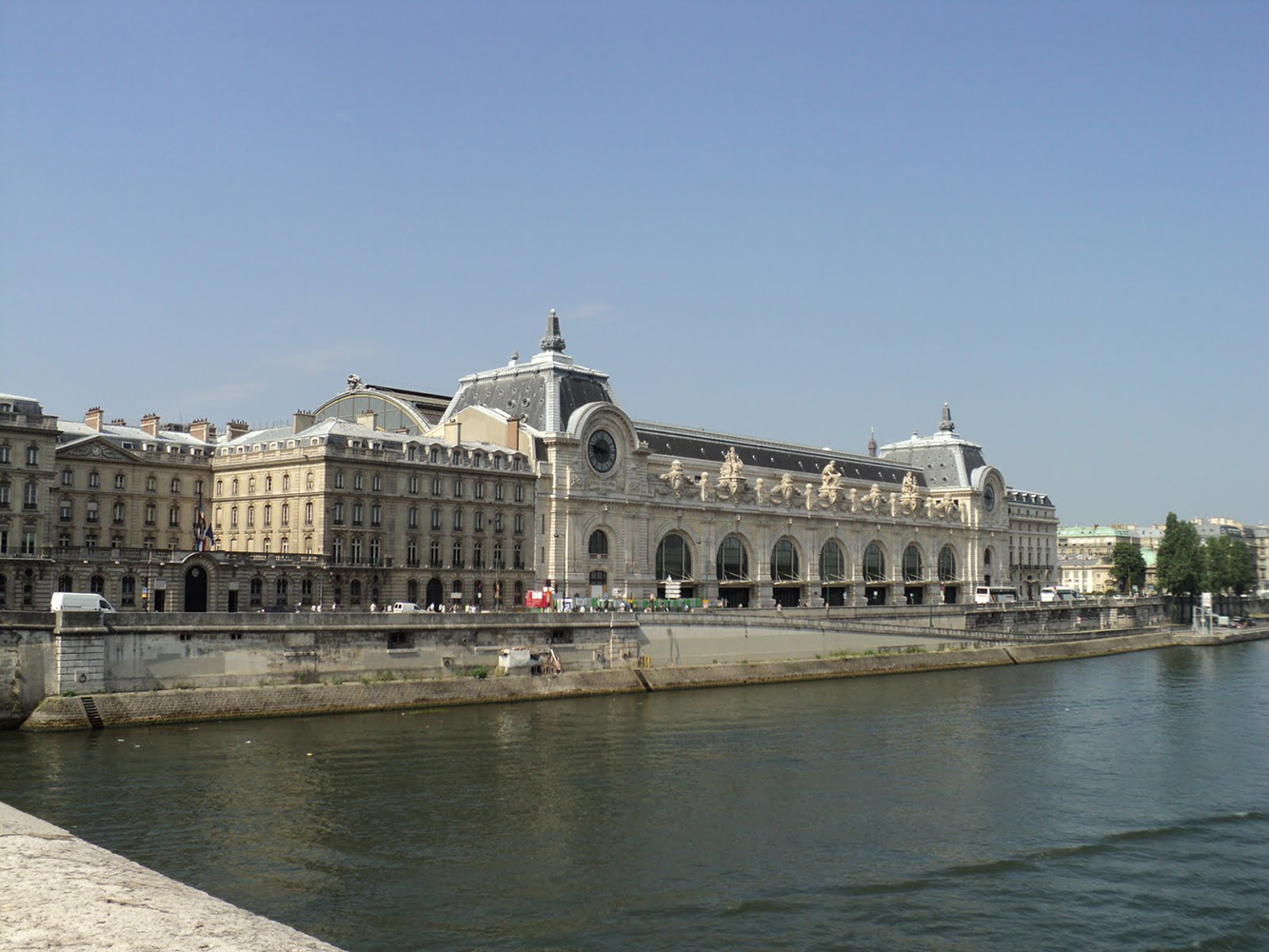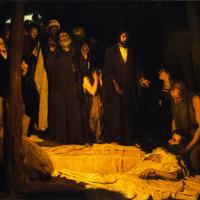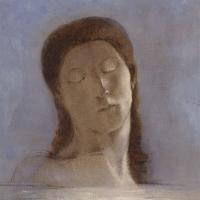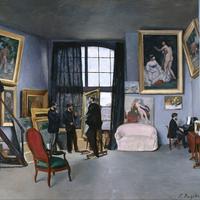More about Musée d’Orsay
- All
- Info
- Shop

Sr. Editor
The Orsay Museum was built in 1898 as the Gare d'Orsay railway station.
Its construction consumed over 12,000 tons of metal, much more than the Eiffel Tower. Trains got longer and longer in the early 20th century however and in 1939 the station was closed because it could no longer accommodate the newer models.
The Gare was used as a post office during WWII, the filming location for Orson Welles's The Trial, a theater, and an auction house. The building was saved from demolition and added to the list of historic monuments in 1978.
The Museum opened in 1986. The clock in the central hall is original to the building and still works.
It's tempting to wait until the evening to visit the Orsay because of the discounted tickets, but don't do it! You might save €2.50 by waiting until 4:30, or 6pm on Thursdays, but you'll end up waiting in long lines with other penny-pinchers and then be rushed through the museum exhibits. I didn't know and was greeted with an hour-long line to get in and less than two hours before the museum closed. Very poor planning on my part. Oh well, at least I have another reason to go back to Paris!
Update: I went back to Paris and the Musée d'Orsay! The decision to not go the first time was absolutely worth it! It would've been beyond disappointing to have rushed through this amazing museum. First off, it's organized very well so you can easily start at the front of the museum and plan to walk through every single room without ever doubling back or getting lost. Second and most importantly, their permanent collection is amazing and you don't even have to spring for the special exhibit ticket. They have Whistler's Arrangement in Grey and Black No.1, Manet's Olympia, Courbet's Origin of the World, and Van Gogh's Self-Portrait.
If you are smart and plan ahead, buy a dual ticket for the Orsay Museum and Orangerie Museum for only €14!
Featured Content
Here is what Wikipedia says about Musée d'Orsay
The Musée d'Orsay (
UK: /ˌmjuːzeɪ dɔːrˈseɪ/ MEW-zay dor-SAY,
US: /mjuːˈzeɪ -/ mew-ZAY -,
French: [myze dɔʁsɛ]; English: Orsay Museum) is a museum in Paris, France, on the Left Bank of the Seine. It is housed in the former Gare d'Orsay, a Beaux-Arts railway station built from 1898 to 1900. The museum holds mainly French art (including works by France based foreign artists) dating from 1848 to 1914, including paintings, sculptures, furniture, and photography. It houses the largest collection of Impressionist and post-Impressionist masterpieces in the world, by painters including Berthe Morisot, Claude Monet, Édouard Manet, Degas, Renoir, Cézanne, Seurat, Sisley, Gauguin, and van Gogh. Many of these works were held at the Galerie nationale du Jeu de Paume prior to the museum's opening in 1986. It is one of the largest art museums in Europe.
In 2022 the museum had 3.2 million visitors, up from 1.4 million in 2021. It was the sixth-most-visited art museum in the world in 2022, and second-most-visited art museum in France, after the Louvre.
Check out the full Wikipedia article about Musée d'Orsay




















